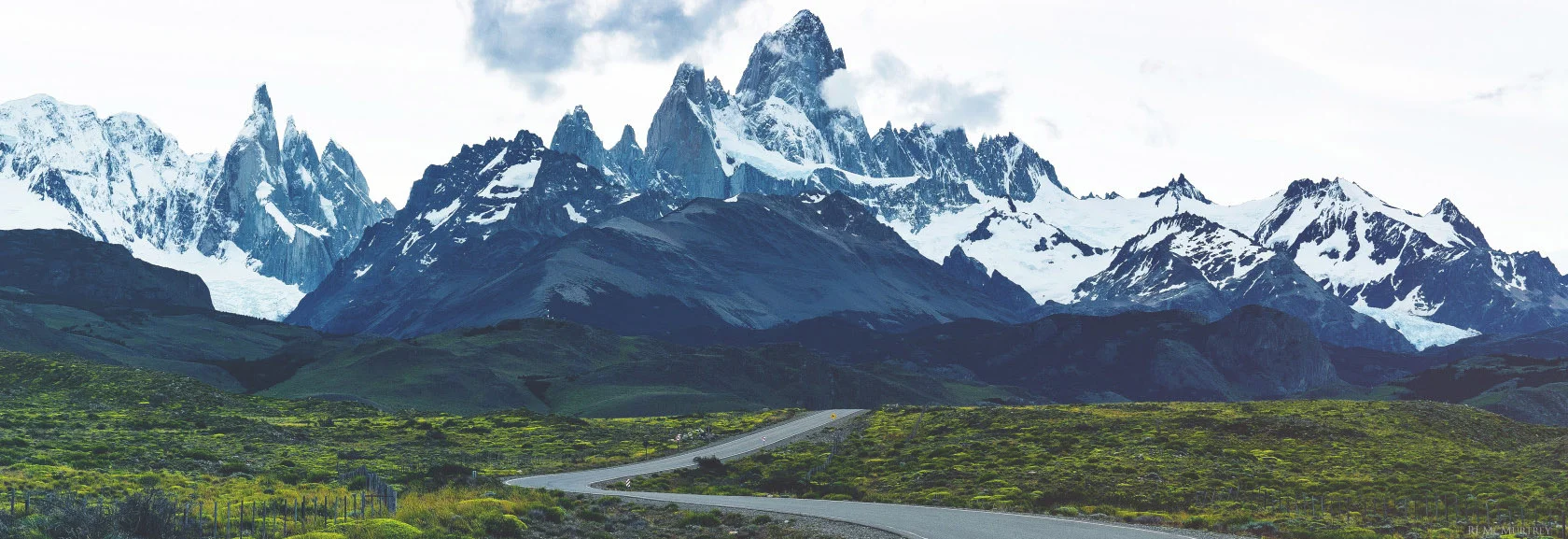Trauma & Urgent Care
Remote expedition medicine, critical care, trauma, wound care, wilderness medicine, search and rescue, urgent care, and emergency medicine services.

We provide a variety of remote urgent care, critical care, trauma, wound care, wilderness medicine, expedition medicine, search and rescue, and emergency medicine services. This includes both clinic and on-site mobile medical care, wound care, suturing, casting, search and rescue, and other forms of urgent care. We also offer classes and customized instruction on all these topics-- please contact us to set up your customized course focused on your needs and interests.
Also check out our YouTube videos on essential life-saving gear for a first aid kit and medical kit for expedition clinics, wilderness medicine, and remote traumas, which includes info on critical care, emergency medicine, trauma surgery, and wilderness medicine rescue equipment. Also check out our page on High Altitude Medicine.
First Aid Kit Equipment Principles: try to minimize the amount of gear you carry yet prioritize things that will actually save and sustain life, stabilize for evacuation, and provide meaningful care and relief. A lot of trauma management is damage control and improvisation with the equipment you have, with the priority of ventilating and perfusing vital organs.
Light & Fast Kit:
Climbing tape (wound closure,
splint, chest seal, etc.)
Naproxen (dose lasts 12hrs vs
Ibuprofen 6hrs)
Scalpel blade (#10) in sterile foil seal
Bandaging Kit:
Tape (climbing tape or leukotape)
Bandaids (several sizes/types)
Coban wraps
Stretch
bandages
Elastic wrap bandages
Gauze (several sizes)
Kinesiology tape
Telfa adhesive island dressings (several
sizes up to 10")
Forceps/Tweezers
Superglue (dermabond)
Dermoplast analgesic/antiseptic spray
Aluminum chloride
hemostat
Suction bulb
Snake bite kit (suction/scalpel)
Trauma Shears/Scissors
Blister kit (moleskin, benzoin
tincture swabs, betadine, telfa bandage, leukotape, physiotape, &
antibiotic ointment listed below)
Triple antibiotic ointment
with pain reliever (bacitracin zinc, neomycin sulfate, polymyxin B
sulfate, & pramoxine HCL)
Hemorrhage/Bleeding Kit:
Gloves
Tourniquet
Israeli Compression Bandages
Combat Gauze
QuikClot/Celox
Ace Wrap
Coban Dressing
Sterile
scalpel blade (#10) and handle
Wound retractor/expander
Hemostats/Needle Drivers
Sutures (3-0 Vicryl)
Bovie
electrocautery pen
Sterile cleansing wipes/spray
Skin
stapler
Large bore IV
NS IV fluid bags + IV tubing (see
below)
Ortho/Neuro Trauma Kit:
Padded aluminum splint
Stockinette
Standard/Aquacast cast liner
Casting
tape material
Cervical collar/Spine board
Hand-powered
bone drill
Airway:
Oral Airways
Laryngeal Mask Airways (LMA)
with surgical gel
CPR Pocket Resuscitator
CPR Ambu Bagmask
(several size masks)
Bougie
ET tubes with stylet (3.0-8.0
cuffed)
Syringe to inflate the cuff if necessary
Laryngoscope handle
Miller straight blade and Mac3 blade
Atomization device (lidocaine spray)
Forceps
Large
bore needles can also be used for tension pneumothorax decompression
IV/Meds:
Epinephrine (1mg vials for injection)
Diphenhydramine vial for injection (or tabs of antihistamine)
Hydrocortisone ointment
Antihistamine
spray/wipes/suppositories
Ondansetron (zofran) vial and tabs
Lidocaine/Bupivicaine (with/without epi)
Proparacaine for
eyes (foreign objects or corneal abrasions) + antibiotic eye ointment
(e.g., erythromycin)
Dexamethasone
Ketorolac (Toradol)
High Altitude Meds
(Acetazolamide/Nifedipine/PDE5-Inhib/Dex/etc.)
Naproxen/Ibuprofen/Aspirin (pain/fever/antiplatelet/etc.)
Tizanidine (muscle relaxant, sedative, anxiolytic, analgesic,
etc.)
Procedural/Sedation/Induction medications
An array
of antibiotics & antiparasitics (situation dependent)
ACLS/Critical Care meds (epinephrine, phenylephrine, atropine,
lidocaine, etc.)
10cc & 3cc syringes with needles
Sterile saline irrigation wash (for wounds, eyes, etc.)
Local anesthetic and antibiotic ointment for the eyes
Normal saline 500cc IV bags & IV lines
14ga-20ga IVs,
alcohol/ethanol/chlorhexidine pads, & tourniquet
Monitors & Specialized Equipment:
Pulse oximeter
monitor
BP cuff (only in specific situations)
ECG/BP/SPO2/Plethys/Temp multi-parameter portable monitor (in
specific situations)
Glucose monitor (only in specific
situations)
Ultrasound imaging probe with phone/tablet app (in
specific situations)
Oxygen canister (4"x14")(in specific
situations)
Other Useful Equipment:
Fire Extinguisher
Headlamp/Rechargeable LED light
Knife & Toolkit
Window-Breaker/Seatbelt-Cutter
Blanket, Towel, or Space
Blanket
Drone reconnaissance (only in specific situations)
Equipment for technical alpine rescue (only in specific
situations)
Note: I do not generally recommend nasopharyngeal airways or laryngeal mask airways for trauma because even though they are easy to insert (assuming you carry lube), the NP airway can penetrate lacerations or skull fractures and the LM airway is not secure and easily displaced or dislodged with any movement (although it is good for not moving a C-spine during placement). I do not usually carry an AED because you can generally find an AED in public venues or on ambulances and they are not particularly essential in trauma situations (a basic EKG monitor tends to be more useful). For remote expeditions I use a Garmin InReach Mini GPS transponder beacon.
#firstaid
#firstaidkit
#expeditionmedicine
#wildernesssurvival
#backpackingfirstaid
#traumakit
#acls
#emergencymedicine
#travelmedicine
#survivalkit
#firstresponder
#survivalgear
#criticalcare
#traumasurgery
#searchandrescue
-----
ASOI © 2021 All Rights Reserved